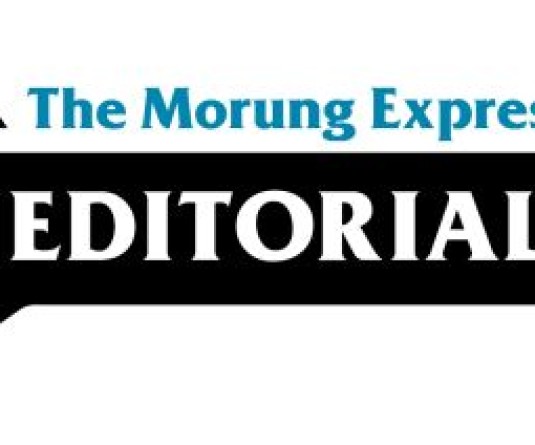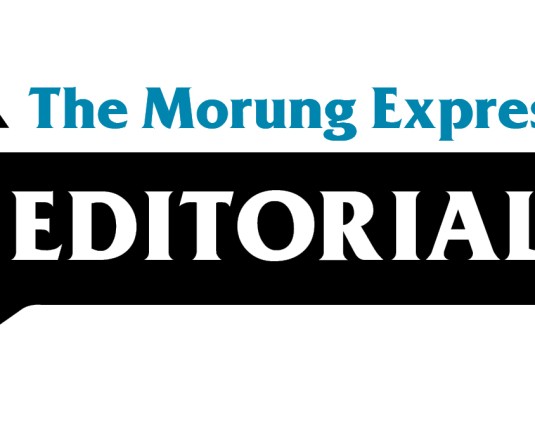
Moa Jamir
In a concerning note, data provided by the Union Finance Minister in a written reply during the ongoing monsoon session of the parliament informed that total outstanding liabilities of Nagaland Government have been gradually increasing over the years and expected to be Rs 15,620.8 crore as of March 2022, as per budget estimate. Moreover, the magnitude of increase in these liabilities over the years also put into question the fiscal and monetary practices as well as policies of the State Government.
For instance, as per the Reserve Bank of India’s ‘State Finances: A Study of Budgets of 2021-22’ cited by the Union Minister in the reply, the debt has doubled in the past decade, surging from Rs 7439.8 crore in March 2013 to Rs 15,620.8 crore in March-end 2022. This indicates an increase by 109.96%.
As per a RBI’s status paper, the State Government Debt is understood to be all liabilities of Central Government contracted against the Consolidated Fund of State (defined as Public Debt), and liabilities in the Public Account, called Other Liabilities. Public debt is further classified into internal and external debt.
Why is rising debt of the State concerning? Among others, the rising debt impacts the State’s ability to undertake developmental activities drastically as most revenue is spent on servicing the liabilities. On the other hand, it is also important to know how the State Government is spending the funds received or sourced from various sources.
Accordingly, it begs the most pertinent question: From where the government is getting its resources and how it plans to spend it? Some answers can be found in the annual State’s Budget presented in the Nagaland Legislative Assembly. The State Budget 2022-23 presented in March estimated the total receipts of Rs 24,389.80 crore and expenditures of Rs 24239.50 crore, indicating a current year’s transactions surplus of Rs 150.30 crore. However, with the cumulative deficits over the years, the 2022-23 financial is estimated to close at the deficit of Rs 2212.74 crore.
While the main budget speech gave a gist, a clear answer can be found in the ‘Explanatory Memorandum’ laid before the State Legislature along with the budget and analysing where rupee comes from and where it goes.
As per the 2022-23 Budget estimate, out of every 1 rupee received by the Nagaland Government, just around 7 paise was expected to be generated internally in the form of State’s Own Tax and Non-Tax Revenue, while the rest comes from outside and borrowing.
It included 19 paise was in the form State’s Share in Central Taxes, 40 paise from Central Assistance (Grants & Loans); 34 paise from State’s Internal Debt or borrowing from various sources including Ways and Means Advances (WMA), a short-term loan from the RBI to tide over temporary financial requirement.
While the Grants & Loans are to some extent inconsequential to its financial health and are often dependent on political exigency, the State’s Internal Debt, including the WMA and borrowing from Open Market, have huge ramifications.
The nature the source of resources somewhat decides how they are spent, with adverse impact on developmental activities as an unfortunate collateral damage. Therefore, out of total estimated expenditures of Rs 24239.50 crore in 2022-23, a miniscule Rs 5815.13 crore was allocated as ‘Development Expenditure,’ including money received for Centrally Planned Schemes (CPS)/Centrally Sponsored Schemes (CSS) in the State Budget.
Moreover, the State’s own Development Outlay for 2022-23 was Rs 775 crore or just over 3% of the total estimated expenditures, indicating around 3 paise for every 1 rupee spent.
In other words, out of every rupee Nagaland Government plan to incur, just around 24 paise would go for developmental activities, while the rest around 76 paise is spent on ‘Non-Development Expenditure’ including 43 paise Salary and Wages & Pension and 33 paise for repayment of loans.
Around 43 paise out of every rupee spent was also designated as non-development expenditure, with Salary and Wages and Pension forming the bulk of the expenses.
From Financial Year 2010-11 to 2020-21, the growth of Non-Development Expenditure has been consistently increasing, except once in 2020-21, the Explanatory Memorandum highlighted, while Development Expenditure decrease thrice during the same period.
Apart from periodic assertion on austerity measure, to reverse the deteriorating financial health, the State Government create a robust financial management policy, including a full-fledged plan to generate more internal revenue, and cutting down Non-Development Expenditure, particularly, the huge Salary and Wage burden as well as borrowings.
For any comment, drop a line to jamir.moa@gmail.com





